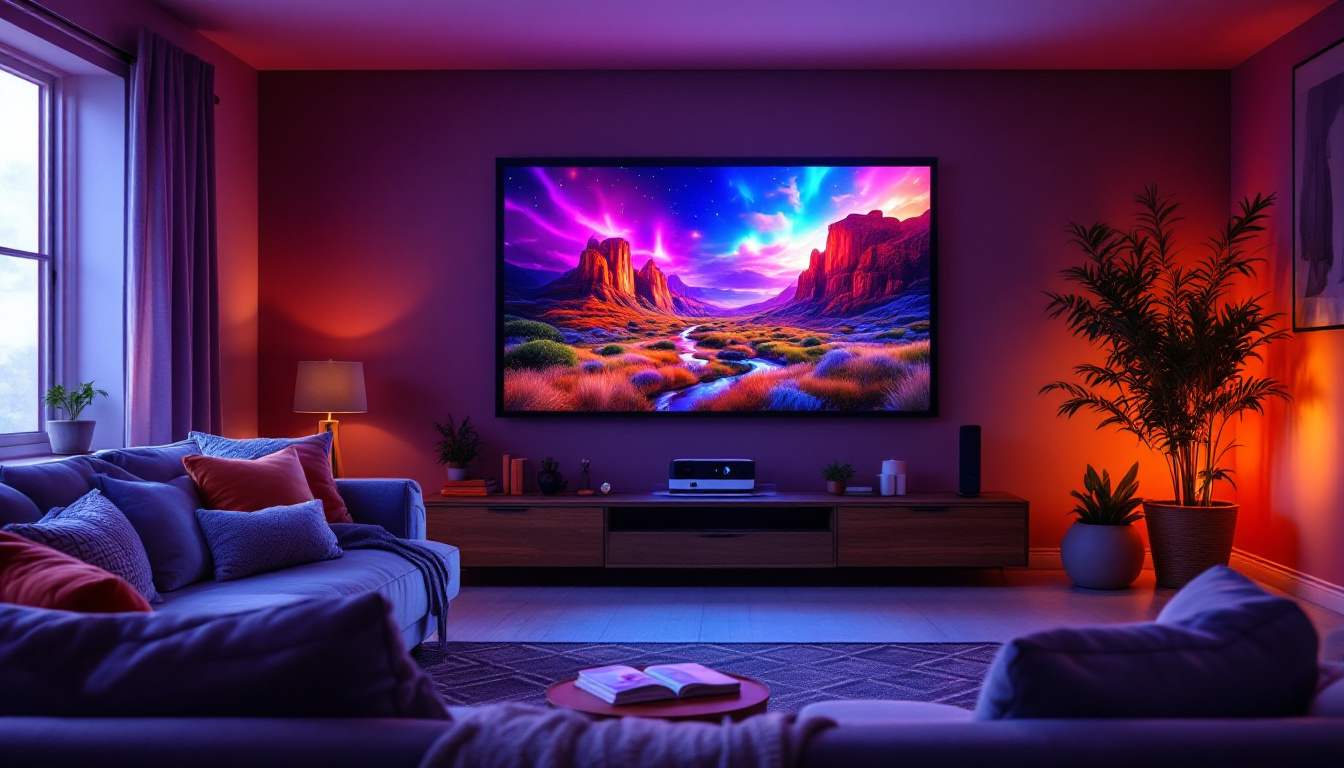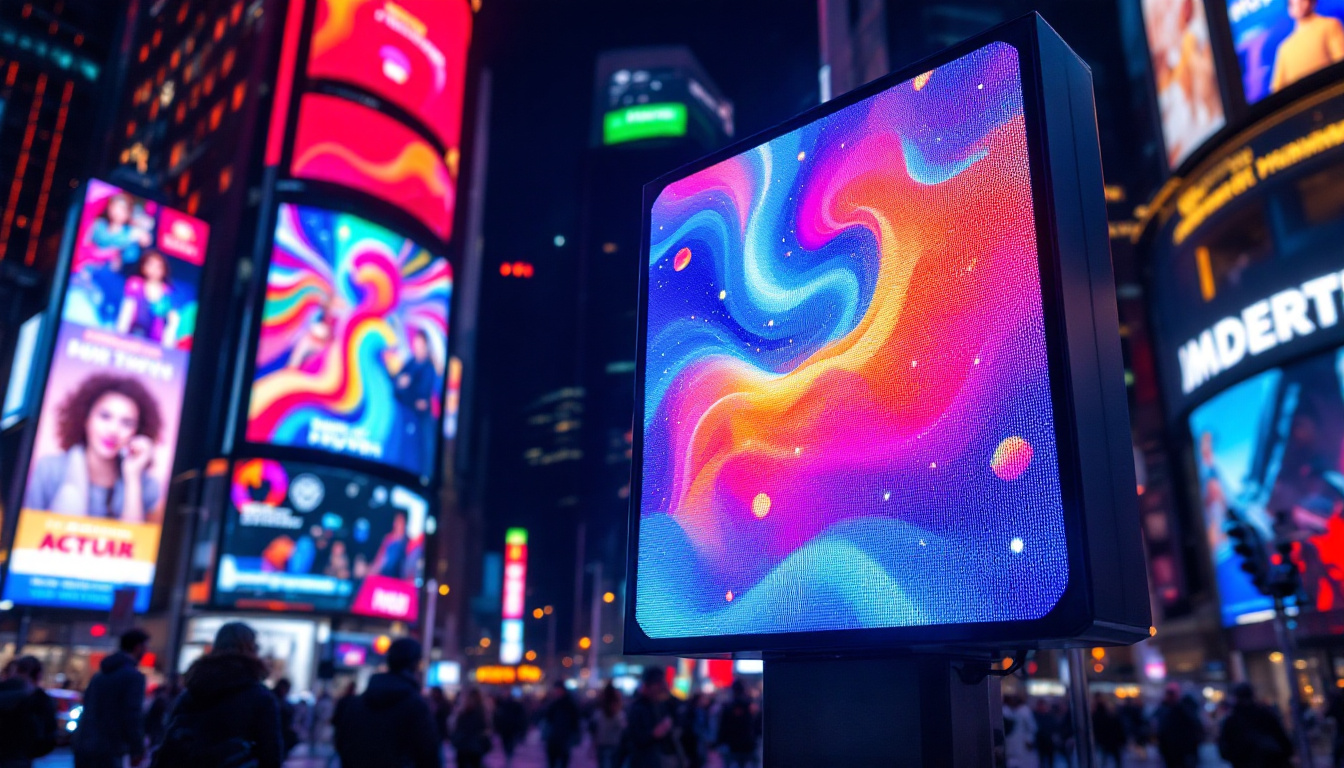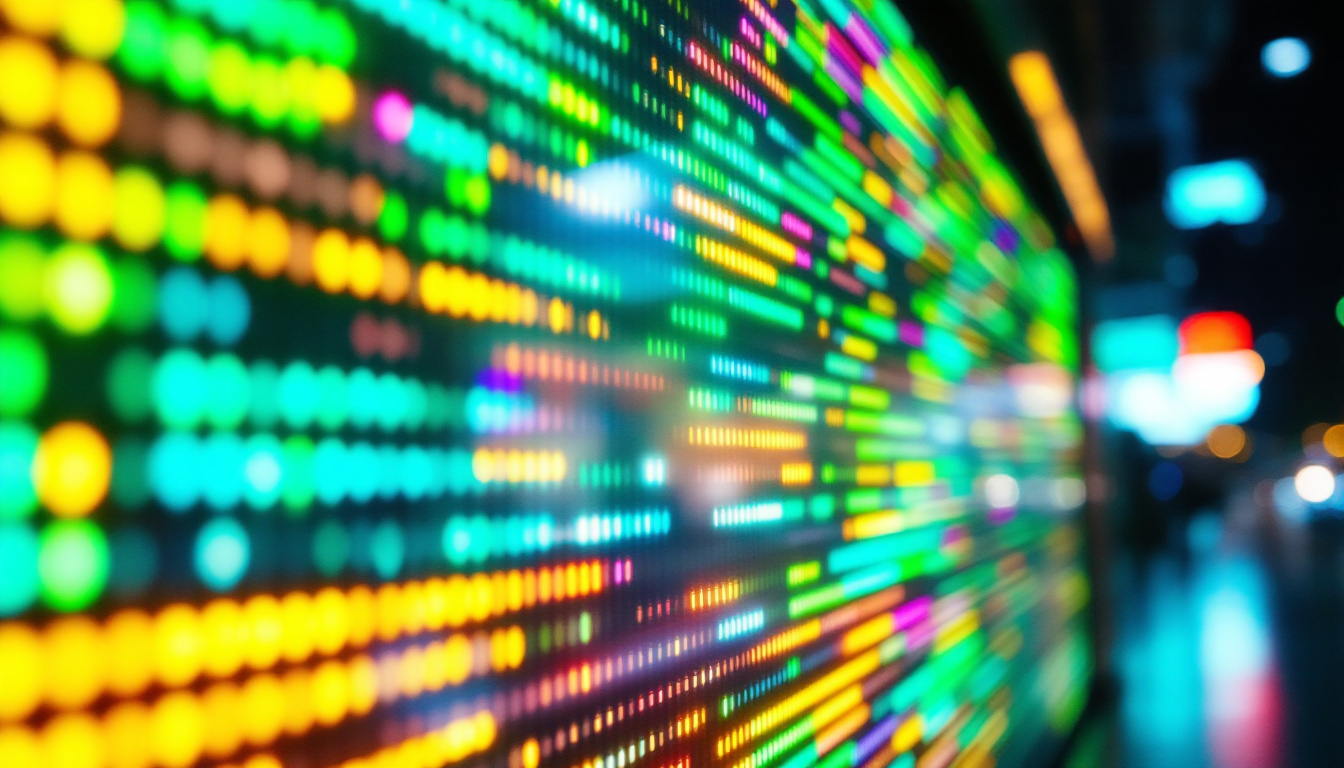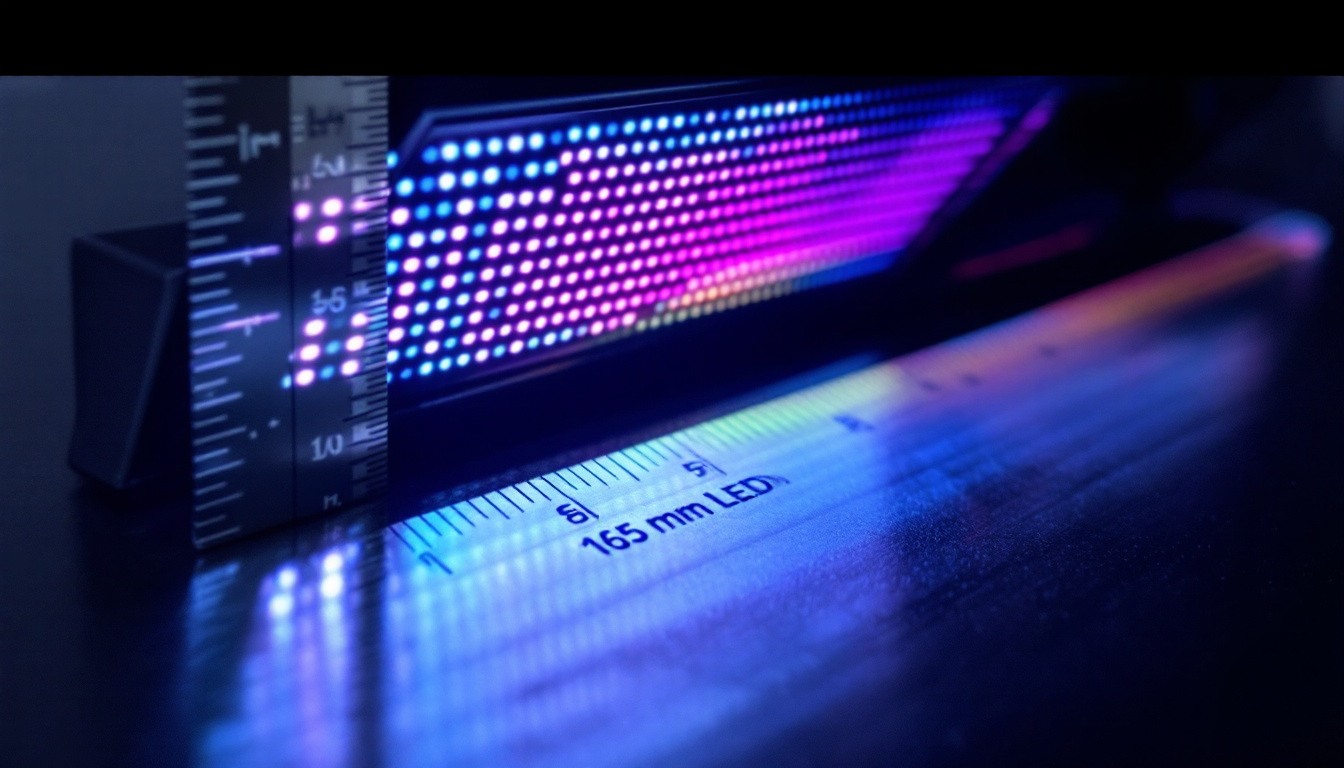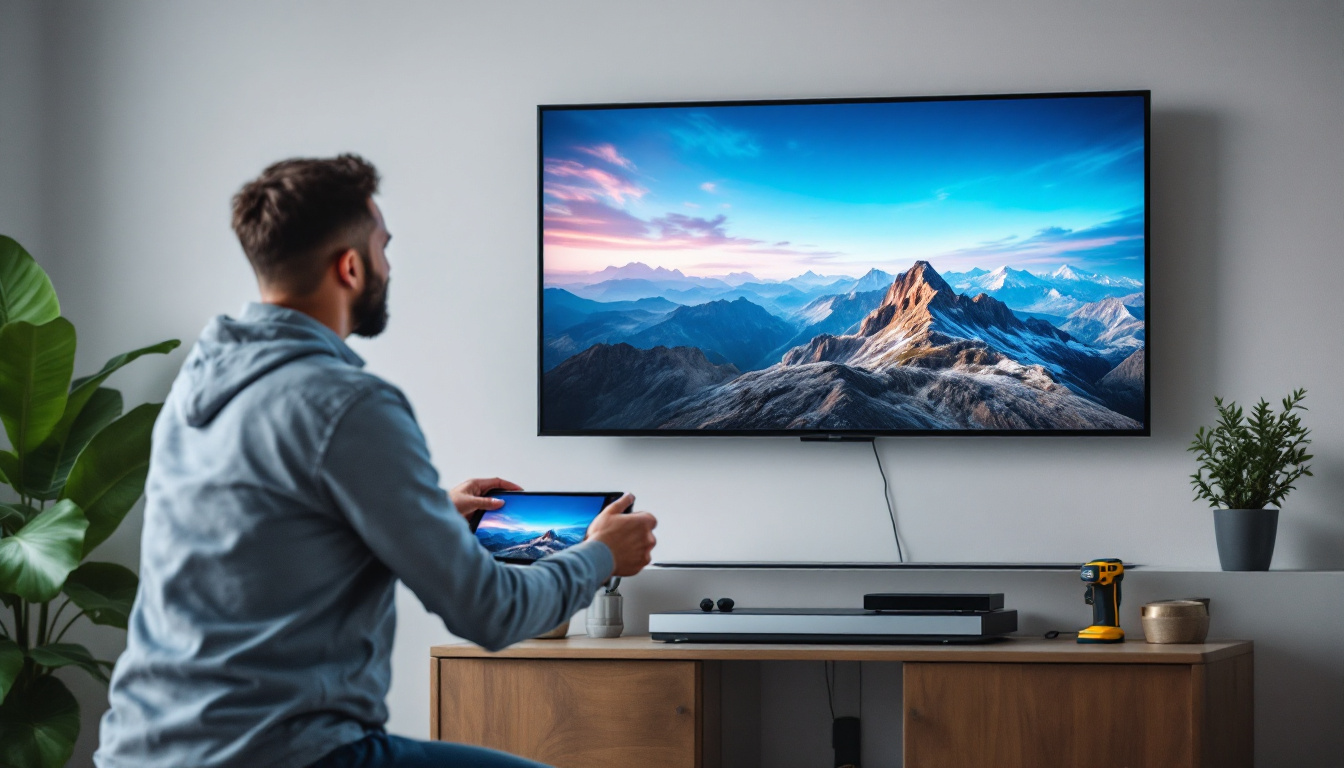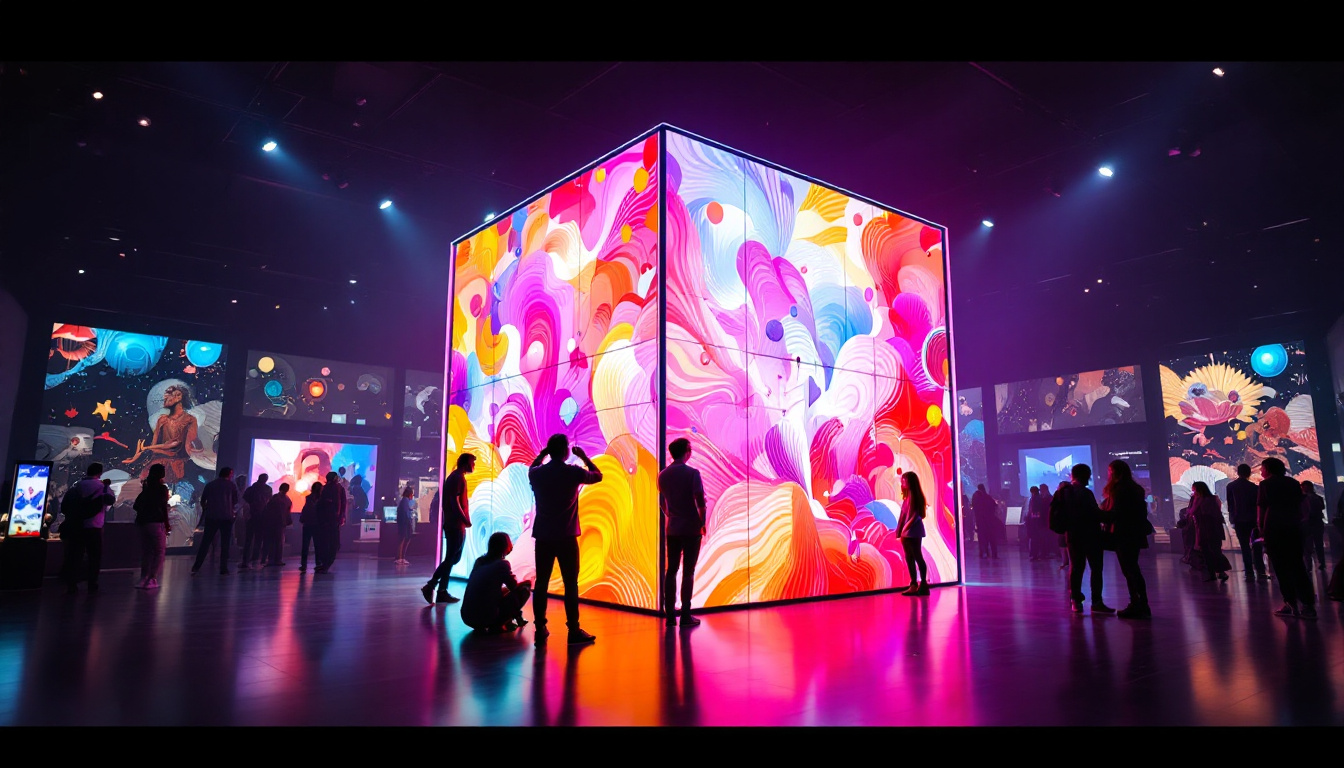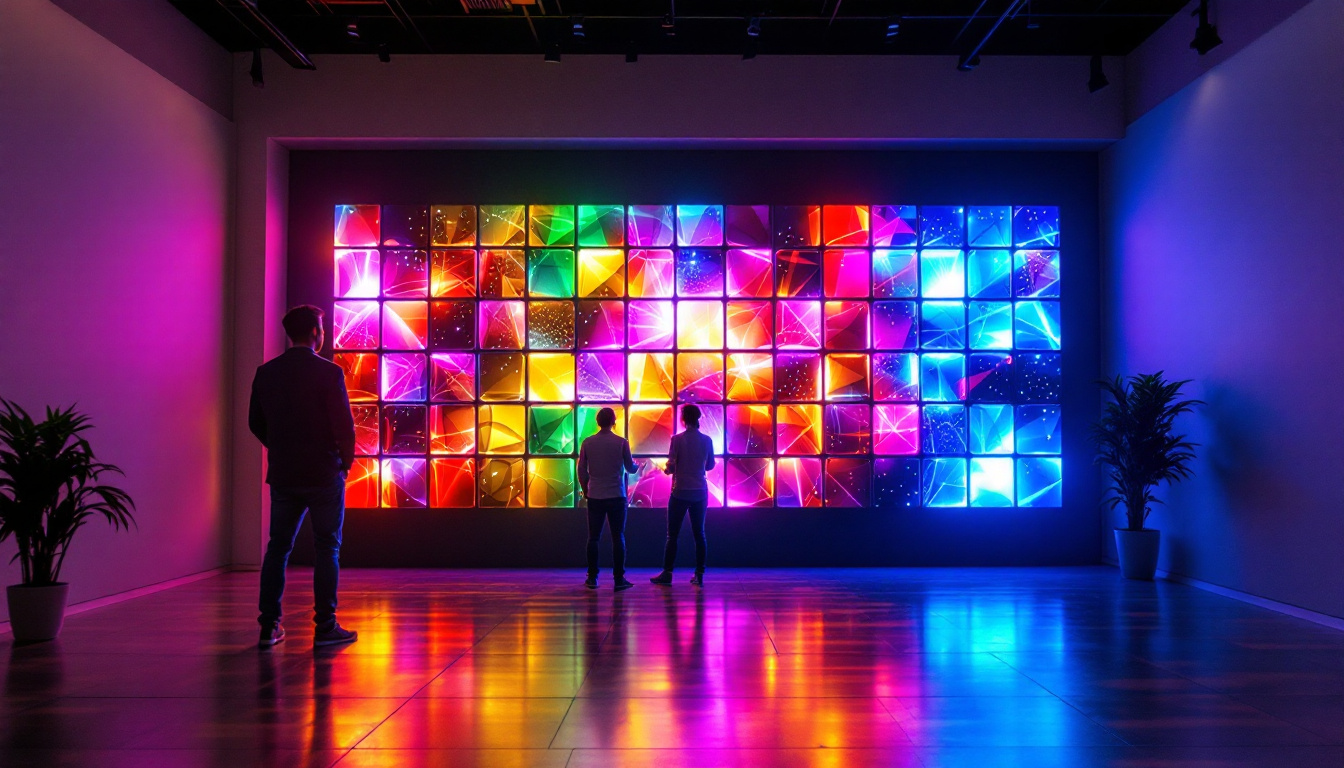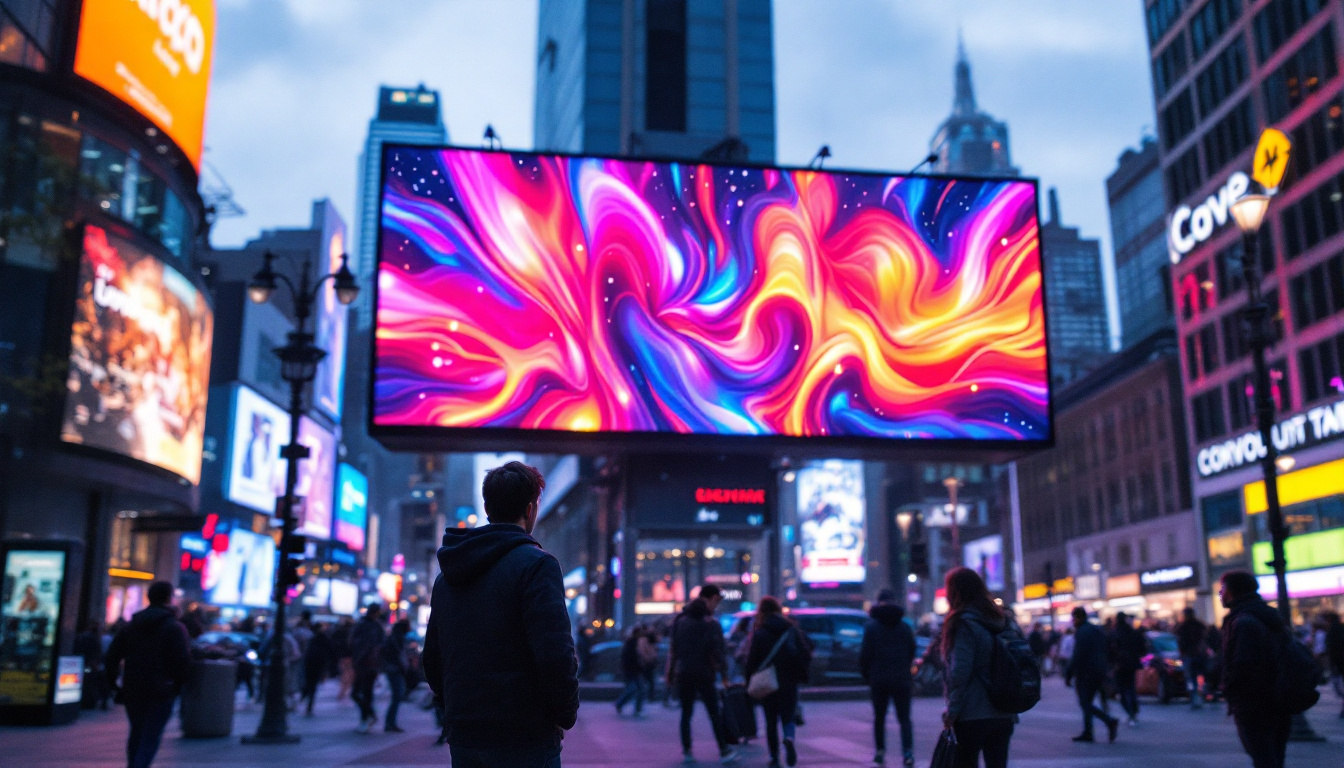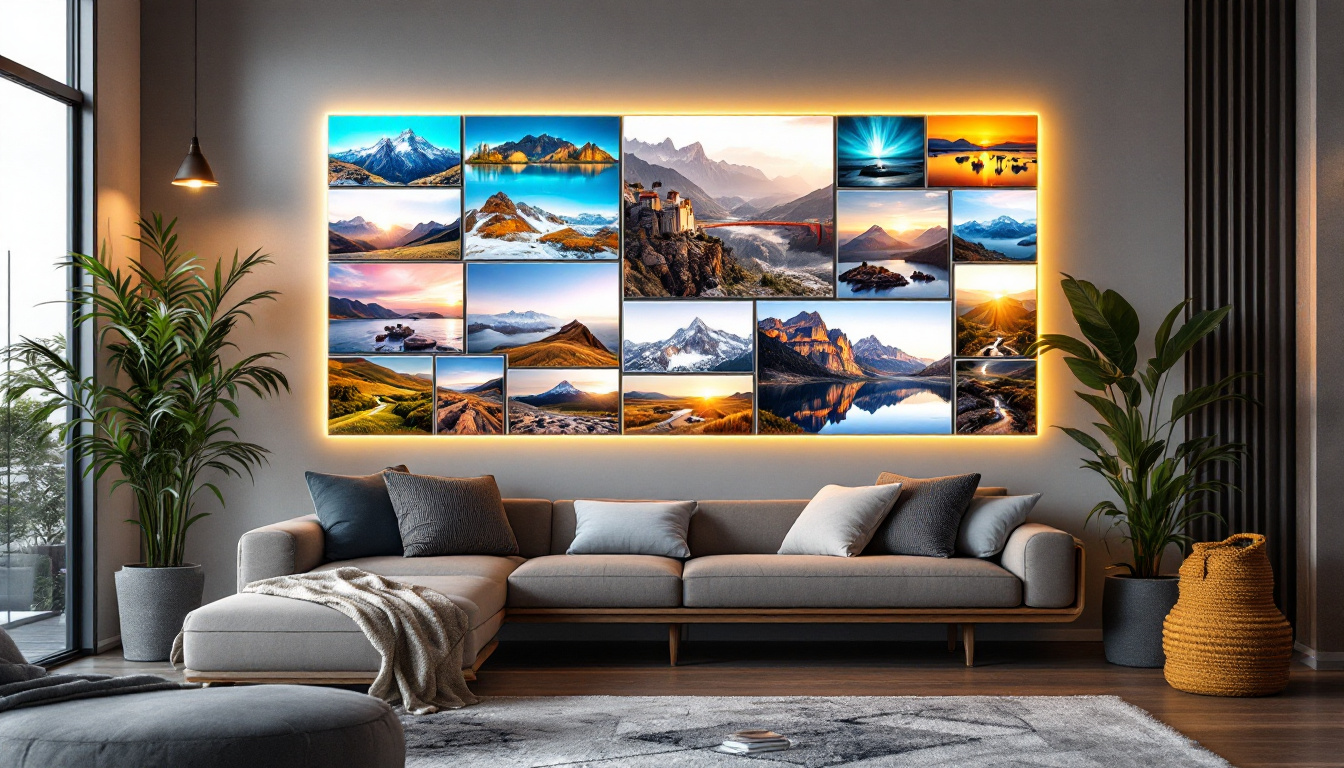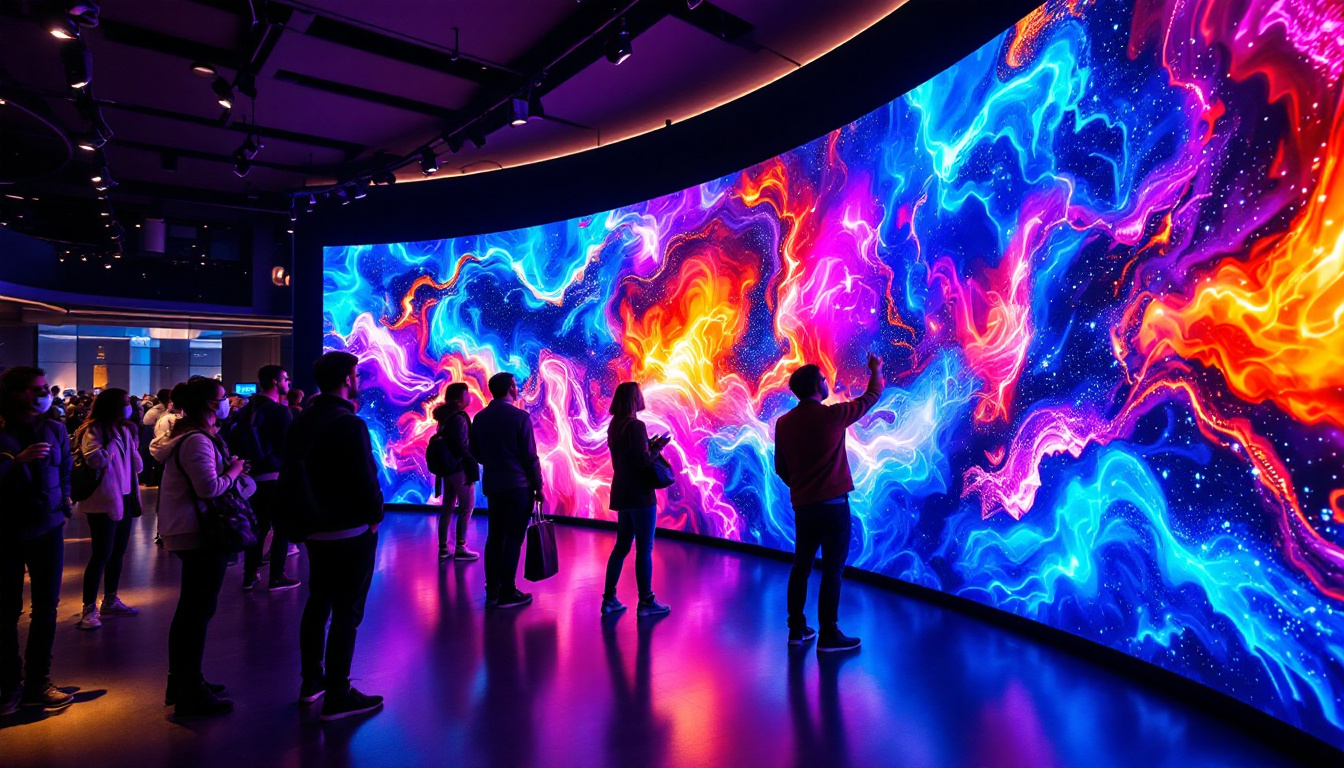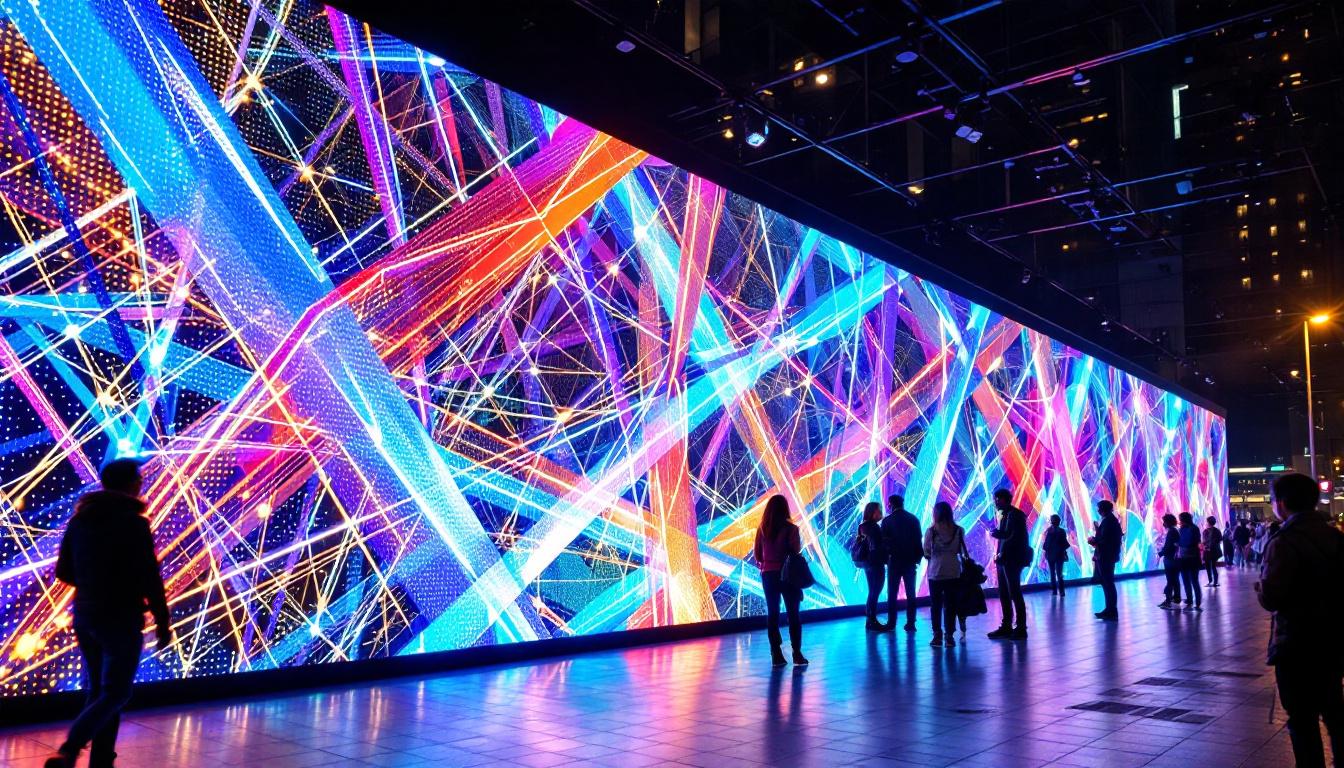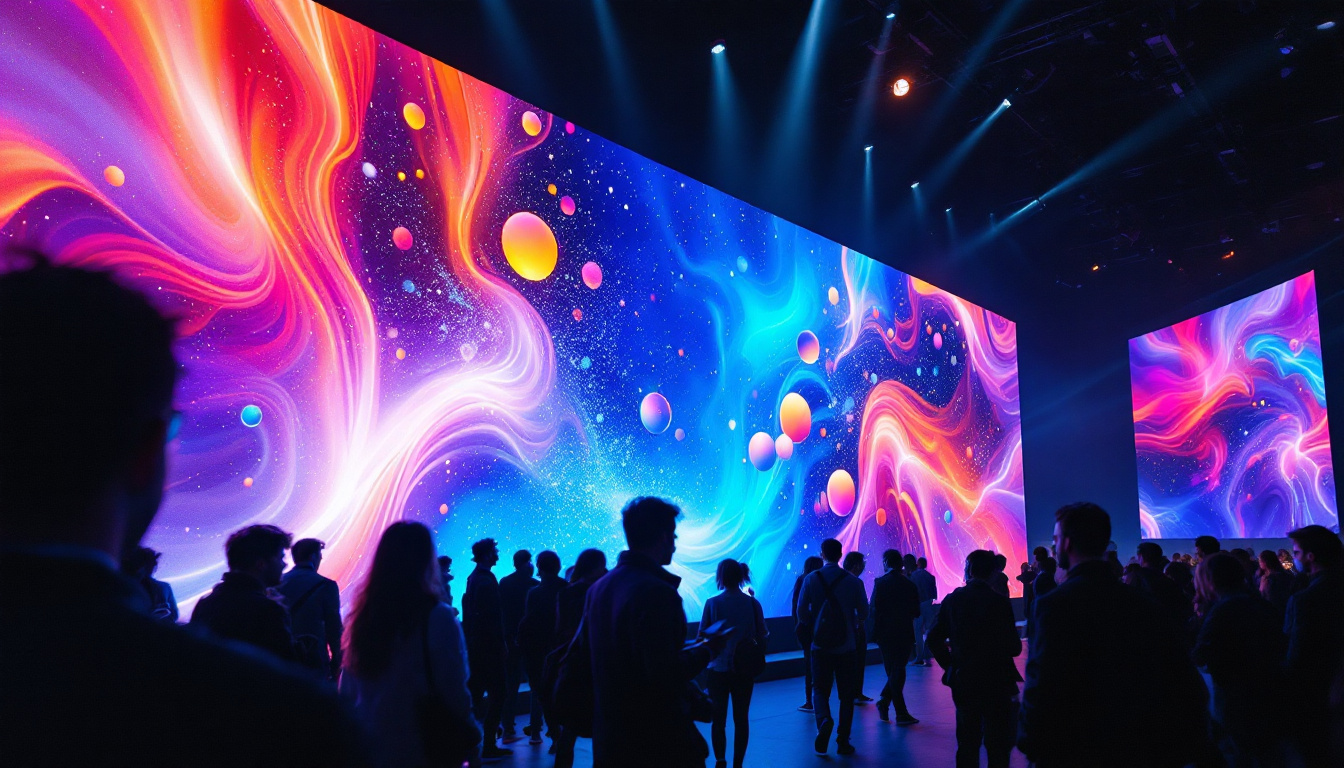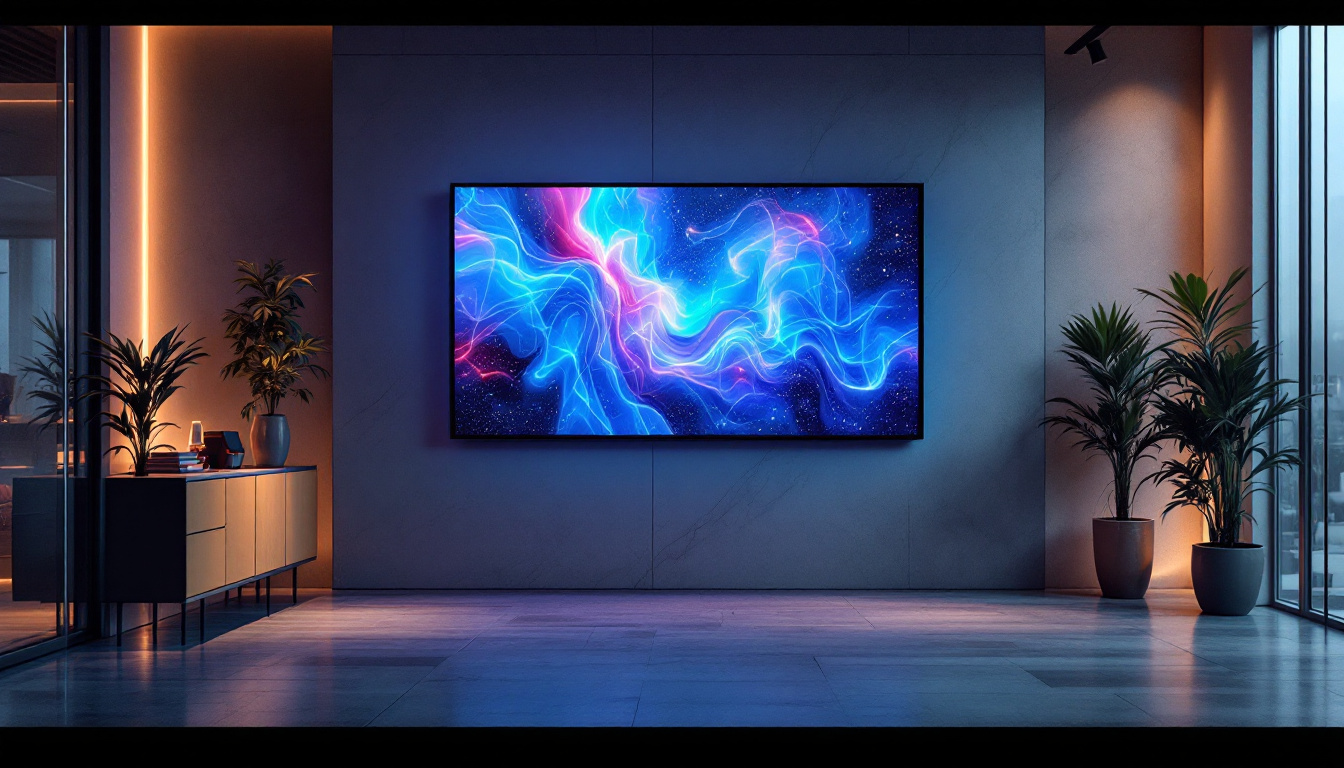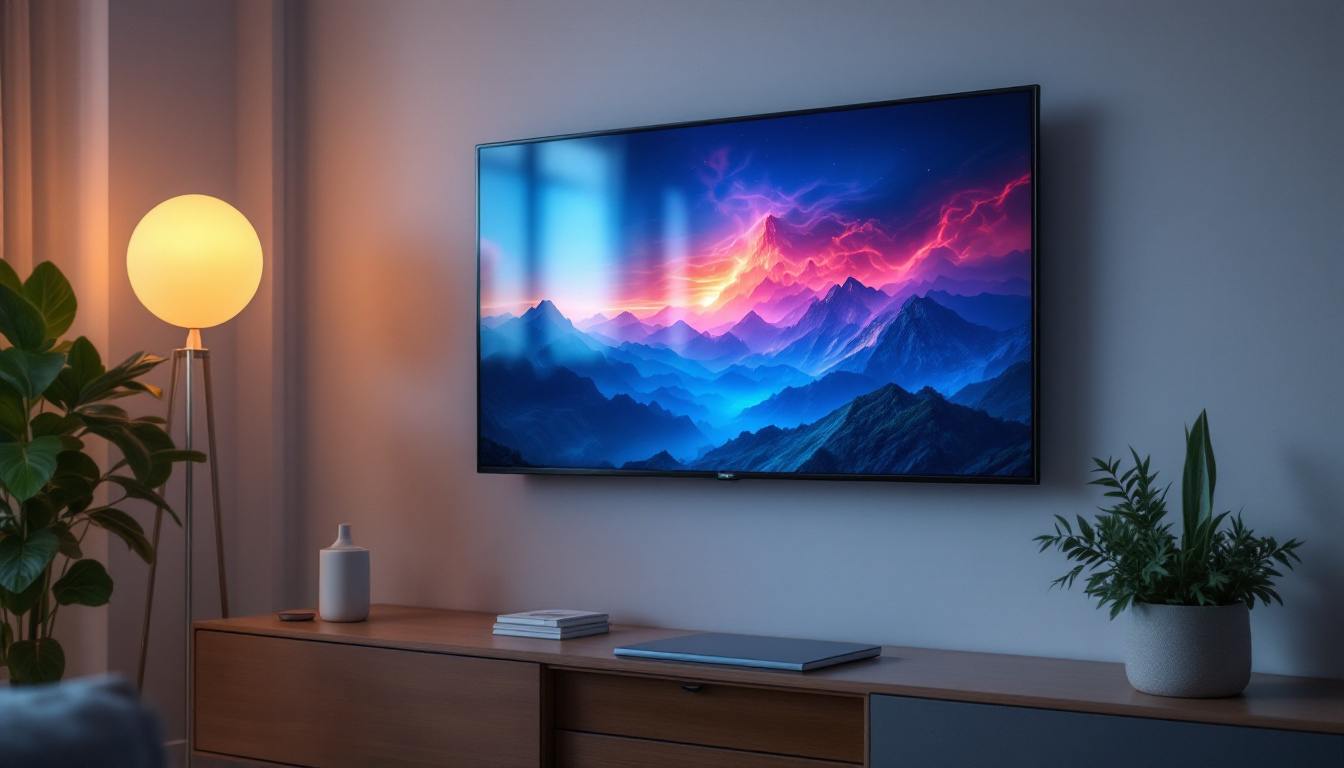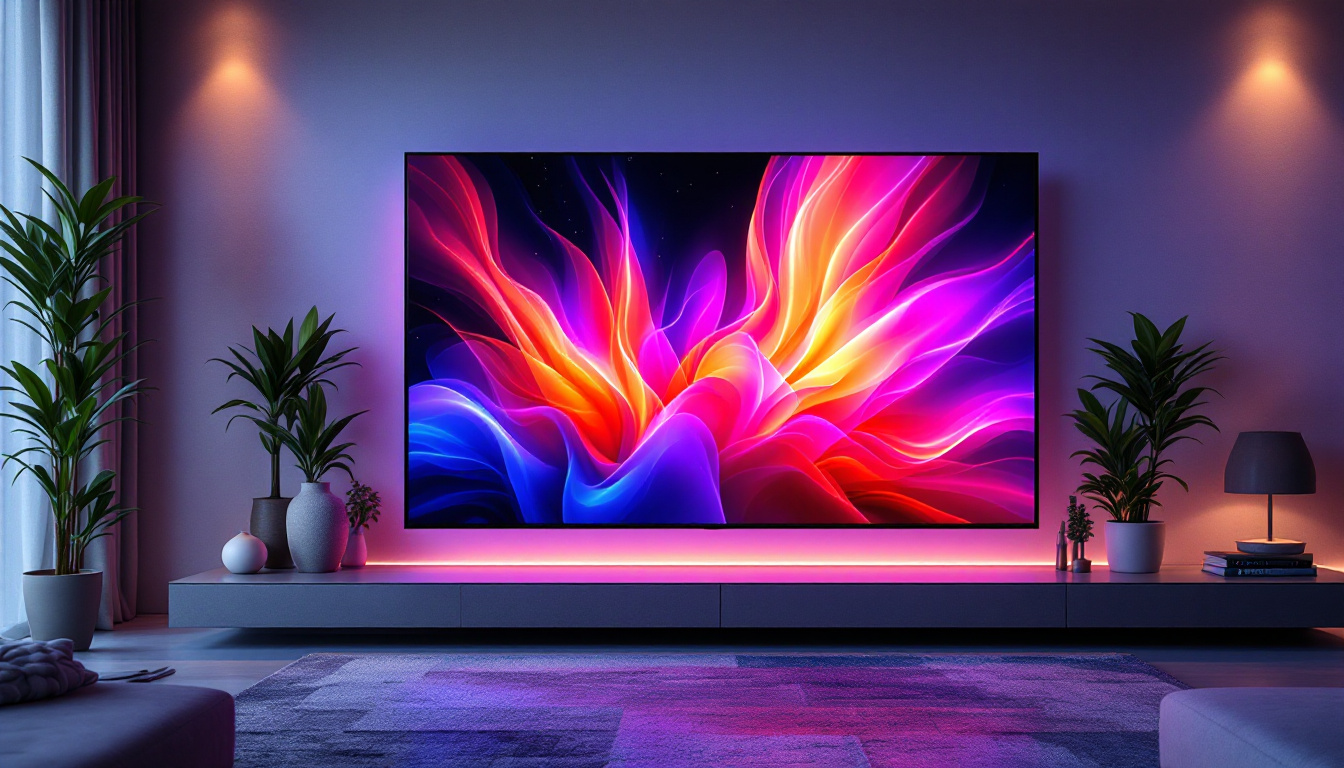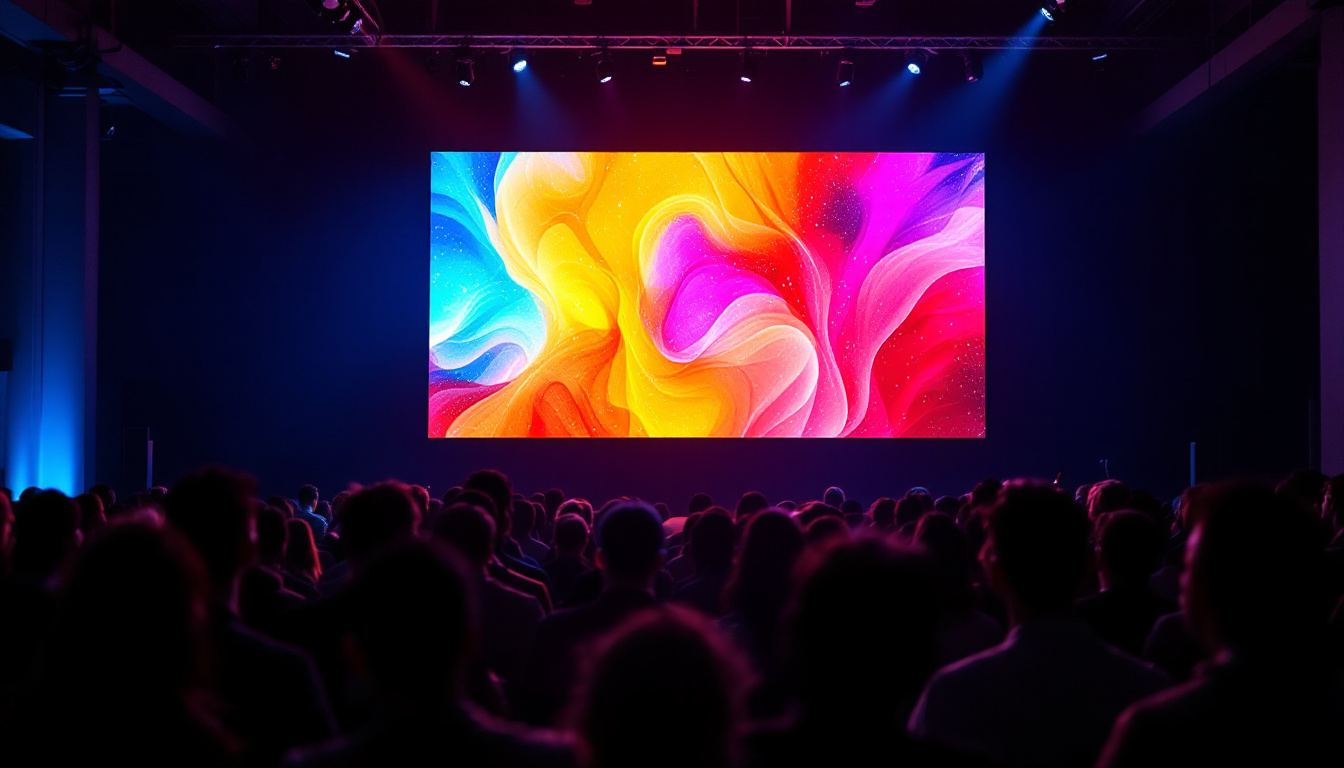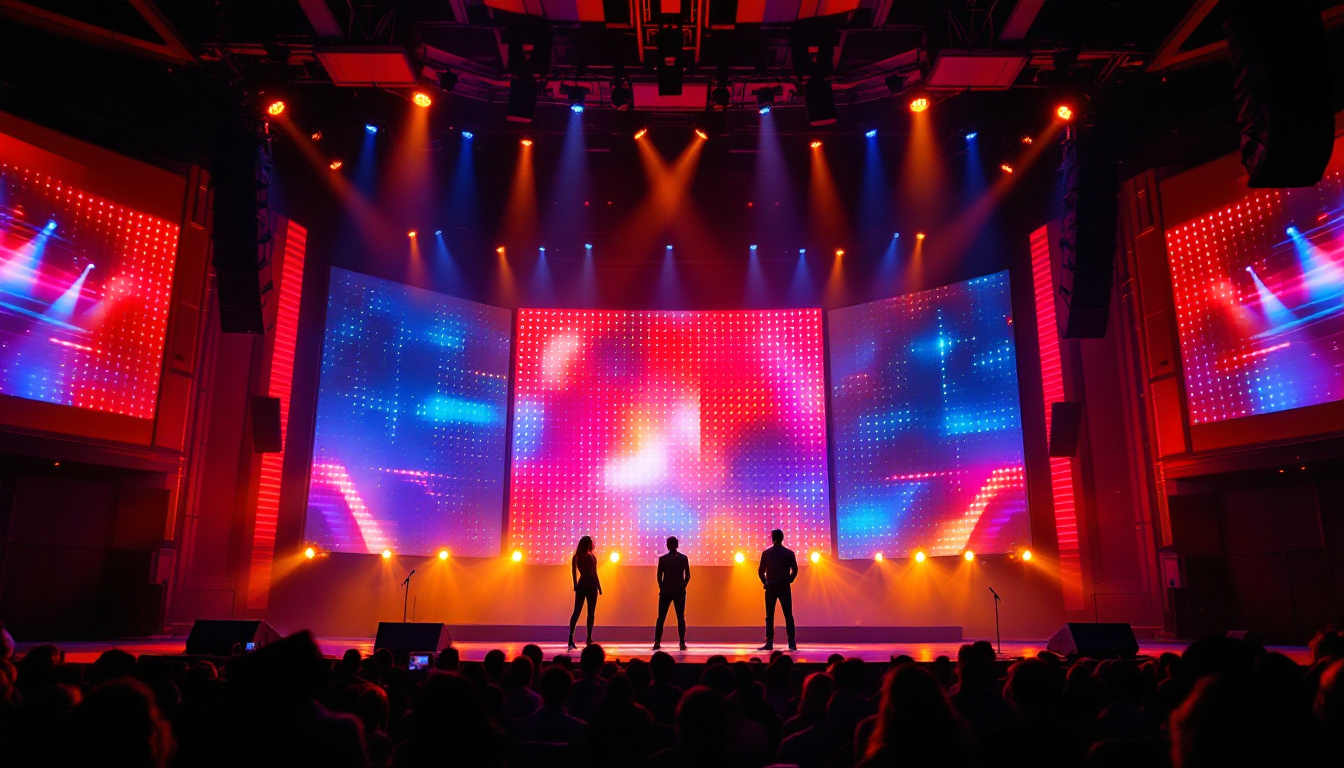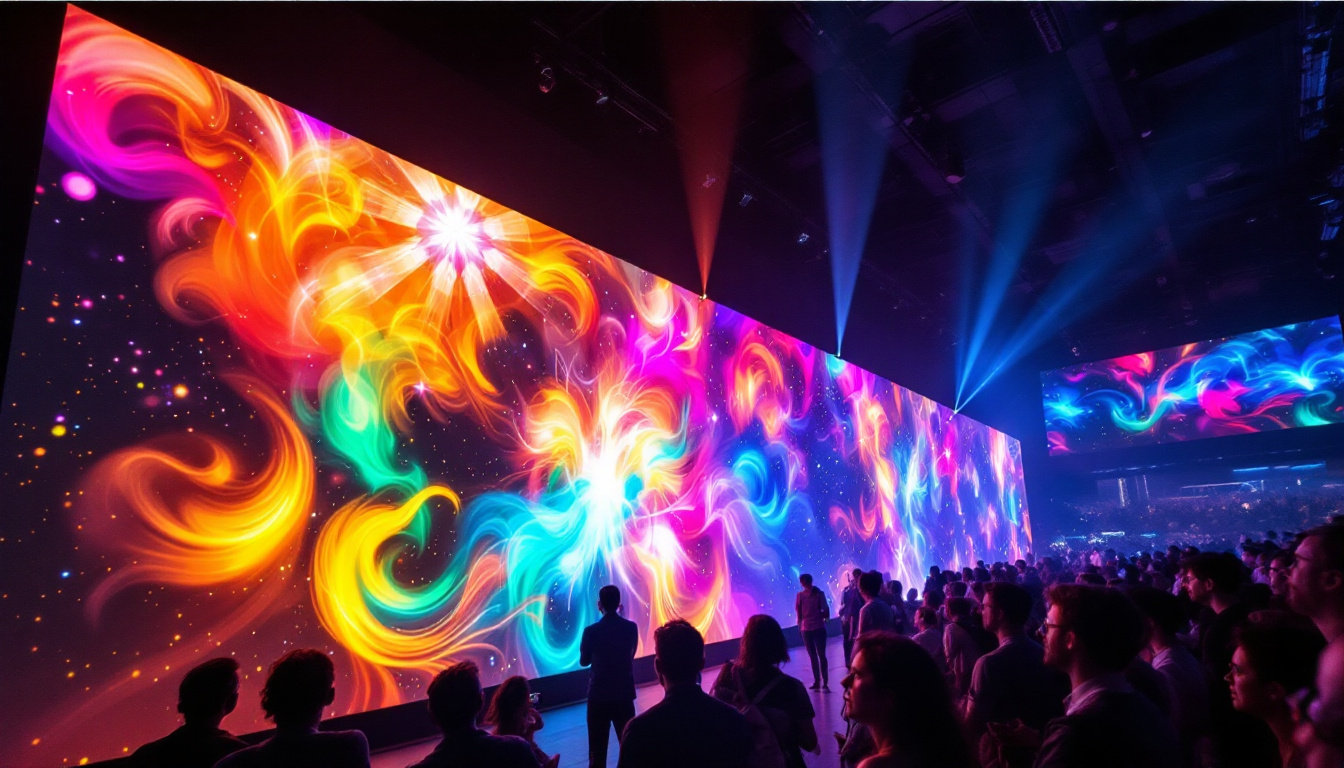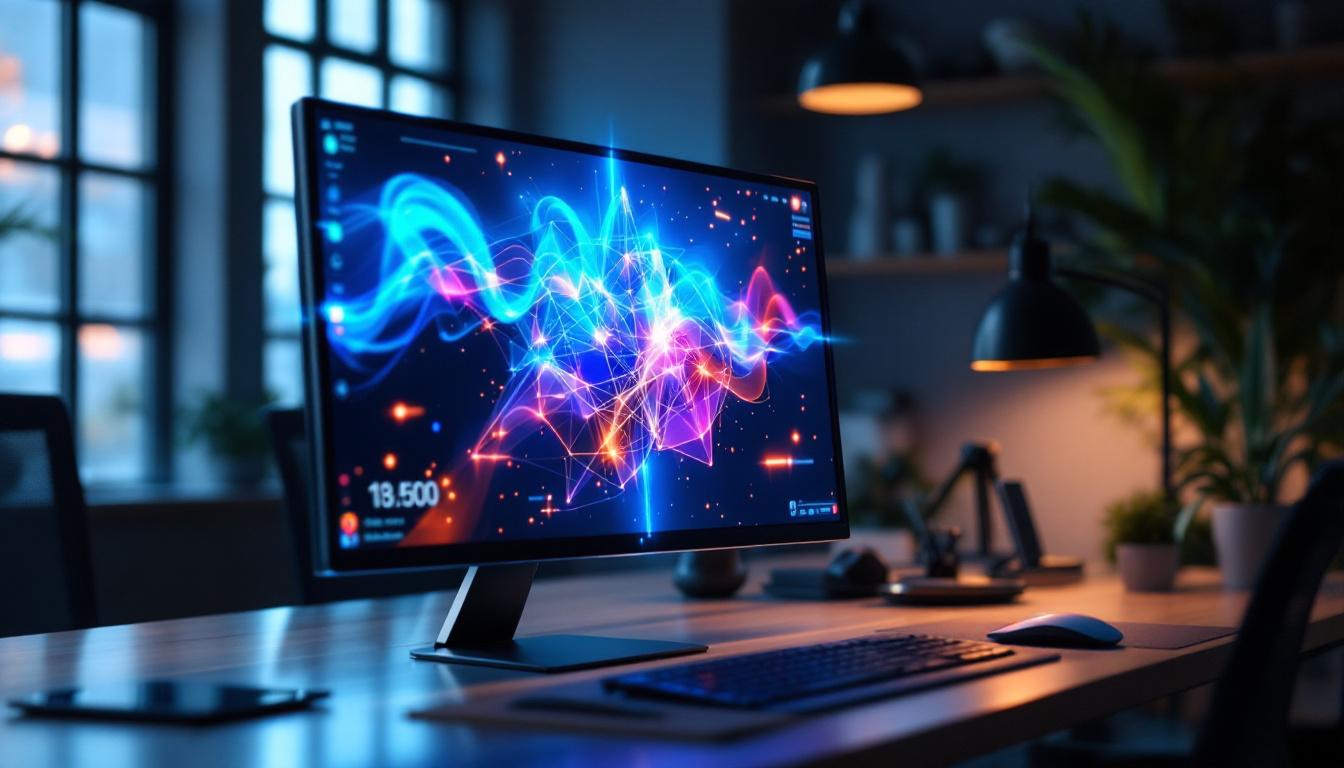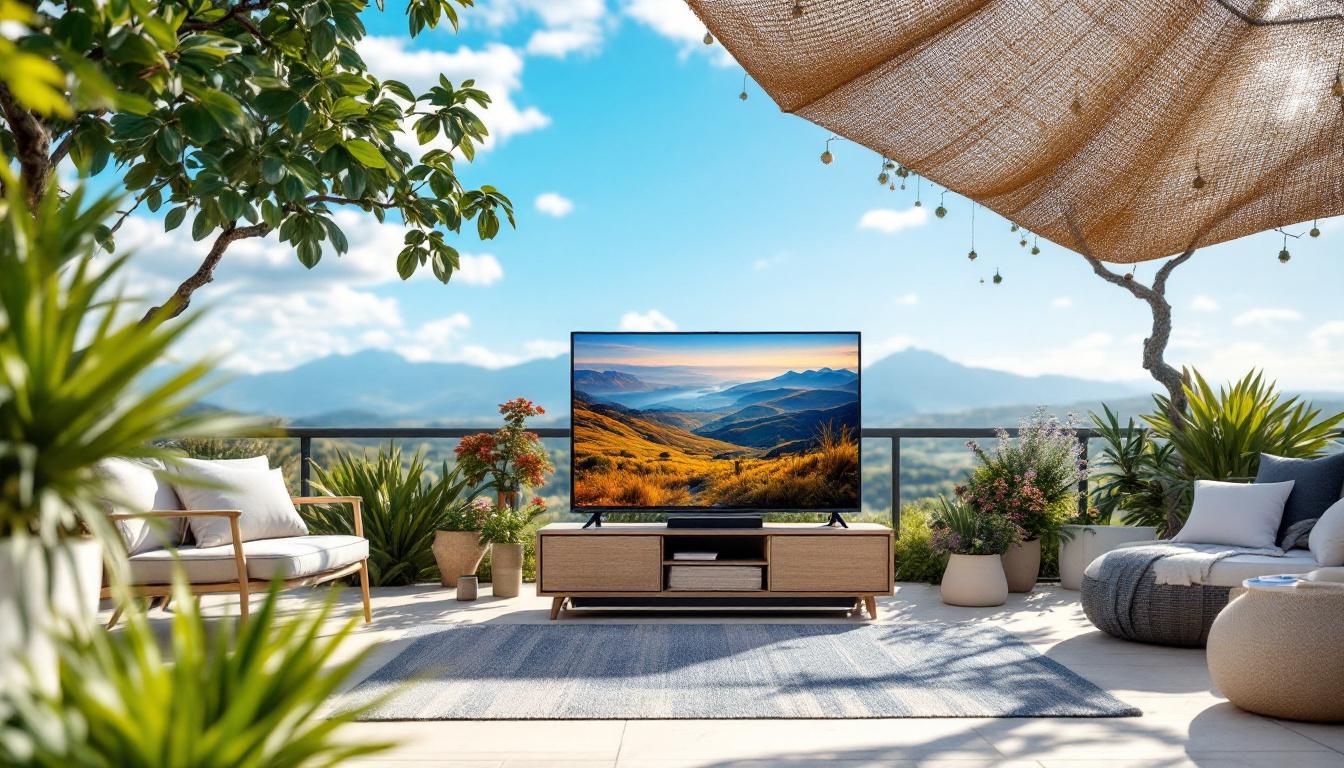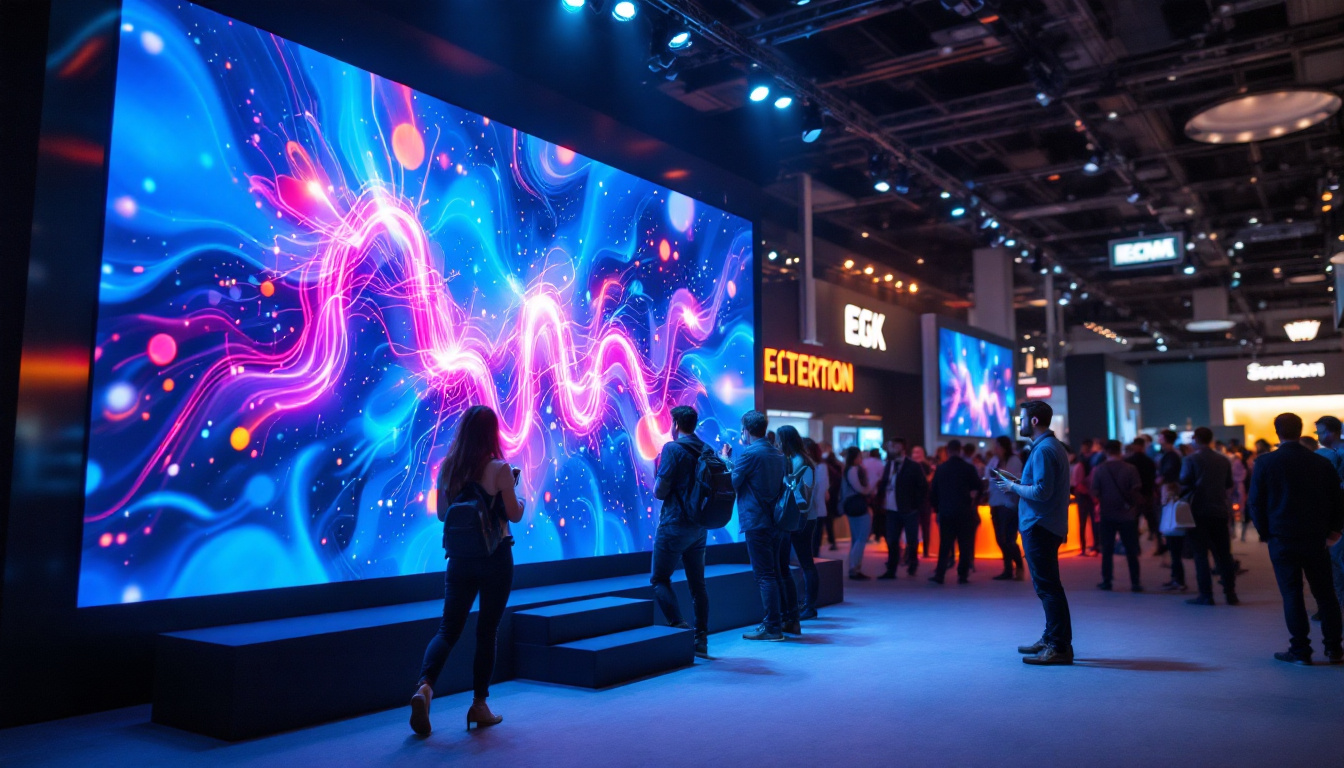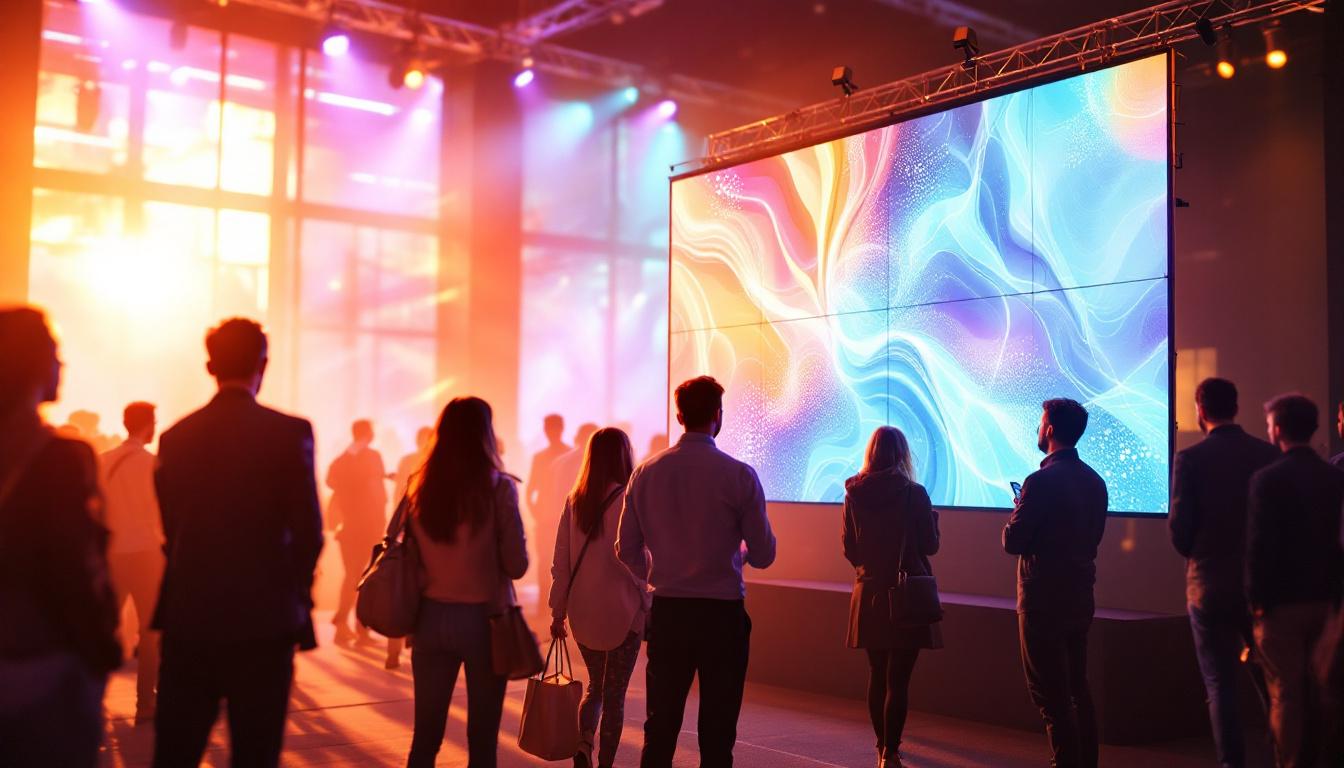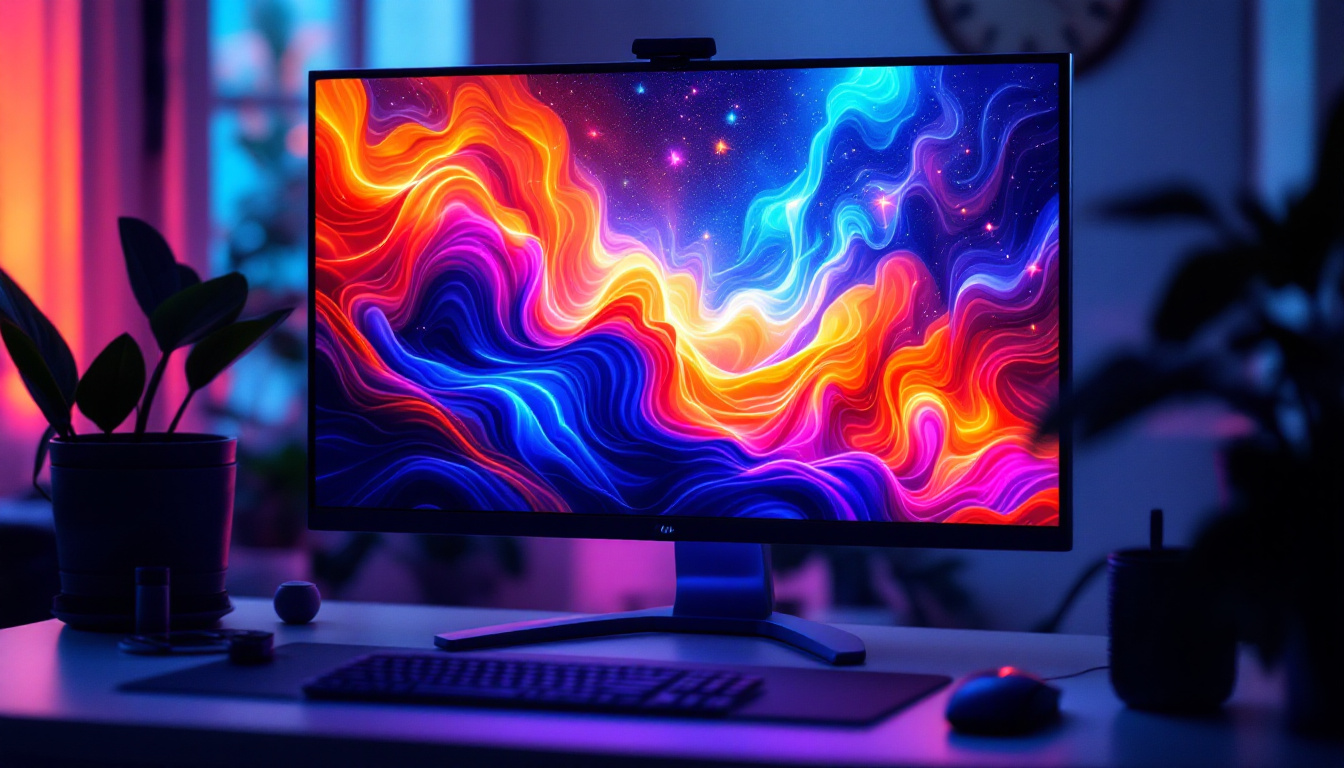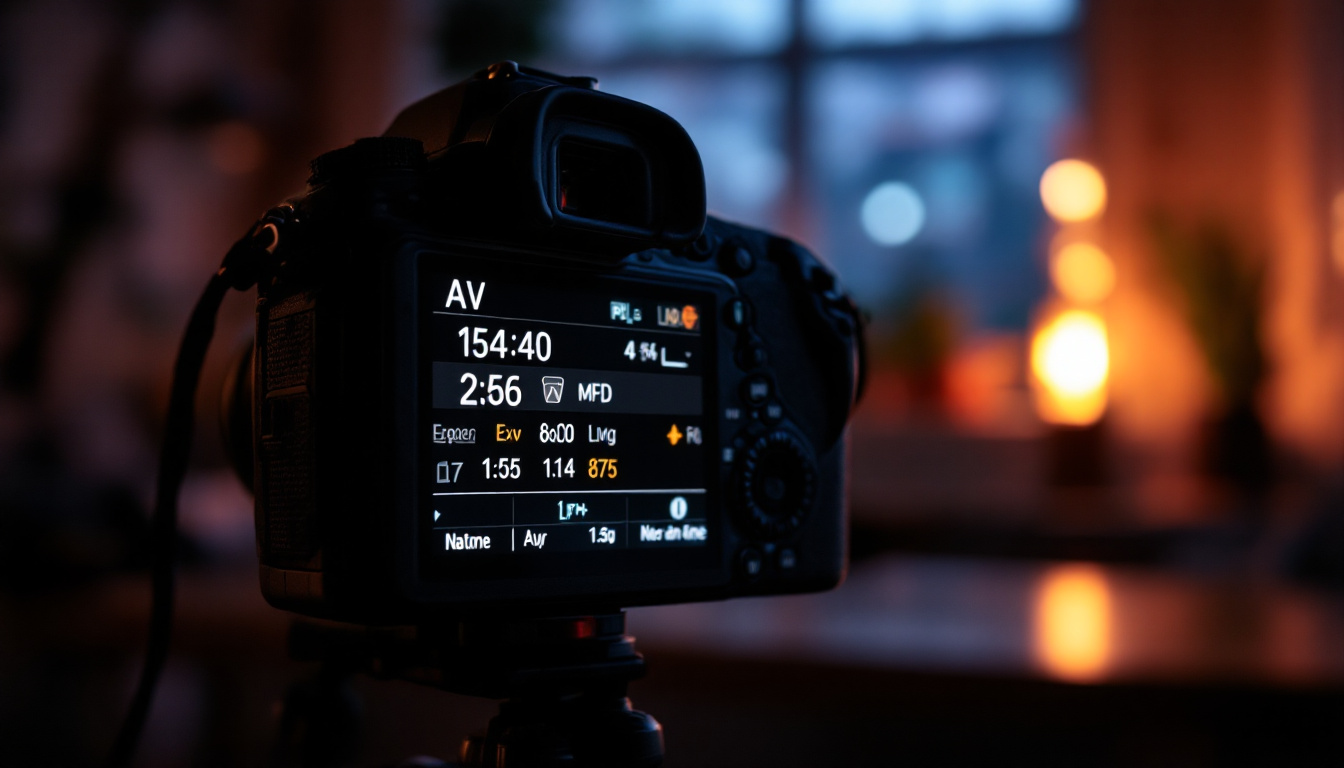Choosing the right wall colour for a projector setup can significantly enhance the viewing experience. The colour of the wall impacts how light is reflected, affecting the brightness, contrast, and overall quality of the projected image. Understanding the nuances of wall colour can help you make an informed decision that maximizes your projector’s potential.
Understanding Projector Technology
Before diving into the best wall colours, it’s essential to grasp how projectors work. Most projectors emit light that is then projected onto a surface. The quality of this projection depends on several factors, including the type of projector, the ambient light in the room, and, crucially, the colour of the wall.
Types of Projectors
There are various types of projectors available on the market, each designed for different environments and purposes. The most common types include:
- LCD Projectors: These projectors use liquid crystal displays to produce images. They tend to be brighter and are suitable for environments with ambient light.
- DLP Projectors: Digital Light Processing projectors use a chip made of thousands of tiny mirrors. They generally offer better contrast and are known for their sharpness.
- LED Projectors: These are energy-efficient and provide excellent colour accuracy. They are becoming increasingly popular for home theatres.
Understanding the type of projector in use is crucial, as different projectors may perform better with certain wall colours. For instance, while LCD projectors thrive in brighter environments, DLP projectors may excel in darker settings, making it vital to match the projector type with the intended room conditions.
The Role of Ambient Light
Ambient light can significantly affect the quality of the projected image. In a well-lit room, a projector may struggle to produce a vibrant image if the wall colour absorbs too much light. Conversely, in a dark room, the wall colour can enhance the viewing experience by improving contrast and depth. For example, lighter wall colours can reflect ambient light, which may be beneficial during daytime presentations, while darker shades can absorb light, creating a more immersive experience for movies or gaming in low-light conditions.
Moreover, the positioning of windows and artificial light sources can also influence how ambient light interacts with the projected image. For instance, a room with large windows may require blackout curtains or shades to control the light levels effectively. Similarly, strategically placing lamps or overhead lights can help create a balanced lighting environment that complements the projector’s capabilities. Understanding these dynamics can greatly enhance the overall viewing experience, allowing for a more tailored setup that maximizes the projector’s potential.
The Science Behind Wall Colours
The science of colour is complex, particularly in how it interacts with light. When light hits a surface, it can be absorbed, reflected, or transmitted. The wall colour will determine how much light is reflected back to the viewer, which is crucial for achieving the best image quality.
Light Reflection and Absorption
Different colours reflect and absorb light differently. For example, white walls reflect most of the light that hits them, making them an excellent choice for projecting bright images. However, they can also wash out darker images, leading to a lack of contrast.
On the other hand, darker colours absorb more light, which can enhance contrast but may also result in a dimmer image. Therefore, the choice of wall colour can create a balance between brightness and contrast, depending on the desired viewing experience.
Colour Temperature and Its Impact
Colour temperature refers to the warmth or coolness of a colour. Warmer colours, such as yellows and reds, can create a cozy atmosphere but may distort the colours of the projected image. Cooler colours, like blues and greens, can provide a more neutral backdrop but might make the space feel colder.
Choosing a wall colour with the right temperature can enhance the overall viewing experience. Neutral tones often provide the best results, as they do not interfere with the projector’s colour output.
Moreover, the psychological effects of colour should not be overlooked. For instance, research has shown that warmer tones can evoke feelings of warmth and comfort, making them suitable for spaces designed for relaxation or social interaction. Conversely, cooler tones can promote focus and concentration, making them ideal for workspaces or areas meant for learning. Thus, the selection of wall colour not only affects the technical aspects of image projection but also influences the mood and functionality of the space.
Additionally, the finish of the paint can also play a significant role in how colours are perceived. Matte finishes tend to absorb more light, reducing glare and creating a softer look, which can be advantageous in home theaters or galleries. In contrast, glossy finishes reflect more light, potentially enhancing brightness but also increasing the risk of glare, which can be distracting during a presentation or movie viewing. Understanding these nuances can help in making informed decisions that align with both aesthetic preferences and practical needs.
Best Wall Colours for Projectors
When selecting a wall colour for a projector, several options stand out based on their ability to enhance image quality. Below are some of the best wall colours to consider for optimal projector performance.
White
White is often considered the best choice for projector walls due to its high reflectivity. It allows for maximum brightness and is particularly effective in environments with ambient light. A matte white finish is preferred, as it minimizes glare and hotspots that can disrupt the viewing experience.
However, while white walls excel in brightness, they may not provide the best contrast for darker scenes. Therefore, they may be better suited for environments where bright images are primarily displayed.
Light Grey
Light grey is another excellent option, striking a balance between brightness and contrast. It reflects a significant amount of light while still allowing for better depth in darker images. This colour is particularly effective in home theatre settings where both bright and dark scenes are common.
Moreover, light grey walls can help reduce the harshness of bright images, making for a more comfortable viewing experience over extended periods.
Dark Grey
For those who prefer a more dramatic look, dark grey can be an appealing choice. It absorbs more light, which can enhance contrast and depth in the projected image. This option is particularly beneficial in dedicated home theatres where ambient light can be controlled.
However, it is essential to note that dark grey walls may result in a dimmer image, so they are best suited for high-quality projectors capable of producing bright images.
Other Colour Considerations
While white, light grey, and dark grey are the most common choices, other colours can also be effective, depending on the specific environment and projector type.
Beige and Off-White
Beige and off-white shades can provide a warm, inviting atmosphere while still reflecting a good amount of light. These colours can be particularly effective in living rooms or multi-purpose spaces where the projector is used for various activities, including watching movies, playing video games, or giving presentations.
These softer shades can also help to reduce the harshness of bright images while maintaining a level of brightness that is suitable for most projector types.
Blue and Green Tones
Cooler tones like soft blue or green can create a calming environment. However, they should be used with caution, as they can alter the perceived colours of the projected image. These colours may work well in spaces where the projector is used primarily for presentations or educational purposes, where colour accuracy is less critical.
In home theatre settings, it is advisable to stick to more neutral colours to ensure that the projected images remain true to their original colours.
Finishes and Textures
The finish and texture of the wall can also impact the quality of the projection. Different finishes can either enhance or detract from the overall viewing experience.
Matte vs. Glossy Finishes
Matte finishes are often preferred for projector walls as they minimize glare and hotspots. They provide a smooth surface that evenly reflects light, ensuring that the projected image remains clear and vibrant.
Glossy finishes, while visually appealing, can create unwanted reflections that interfere with the viewing experience. They are best avoided in spaces where a projector will be used frequently.
Textured Walls
Textured walls can complicate the projection process. The uneven surface can lead to distortions in the projected image, reducing clarity. For optimal results, it is advisable to choose a flat, smooth surface for projection.
Testing and Calibration
Once a wall colour has been selected, it is essential to test and calibrate the projector to ensure the best possible image quality. Calibration involves adjusting the projector settings to match the wall colour and ambient light conditions.
Adjusting Brightness and Contrast
After selecting a wall colour, adjusting the brightness and contrast settings on the projector can optimize image quality. Brightness settings should be increased for darker wall colours to compensate for light absorption. Conversely, contrast settings may need to be adjusted for lighter wall colours to enhance depth.
Regular calibration is essential, especially if the projector is moved or if the wall colour is changed. This process ensures that the best possible image quality is maintained.
Using Projector Screens
In some cases, using a dedicated projector screen can provide superior image quality compared to projecting directly onto a wall. Screens are designed to reflect light evenly and can enhance brightness and contrast significantly.
If a projector screen is not feasible, selecting a wall colour that complements the projector’s capabilities will still yield impressive results.
Conclusion
Choosing the best wall colour for a projector is a critical decision that can significantly impact the viewing experience. By understanding the science behind colour and light, as well as considering various options such as white, grey, and other neutral tones, one can create an optimal environment for projection.
Ultimately, the best choice will depend on the specific projector type, the intended use, and the room’s ambient light conditions. By taking the time to select the right colour and finish, along with proper calibration, viewers can enjoy stunning, vibrant images that bring their content to life.
Enhance Your Visual Experience with LumenMatrix
Ready to take your projection setup to the next level? Discover the unparalleled clarity and vibrant visuals of LumenMatrix’s advanced LED display technology. Whether you’re creating an immersive home theater or captivating your audience in a corporate setting, LumenMatrix offers a wide range of solutions, including Indoor and Outdoor LED Wall Displays, to meet your needs. Elevate your visual communication and engage your viewers like never before. Check out LumenMatrix LED Display Solutions today and transform your space into a dynamic visual masterpiece.

